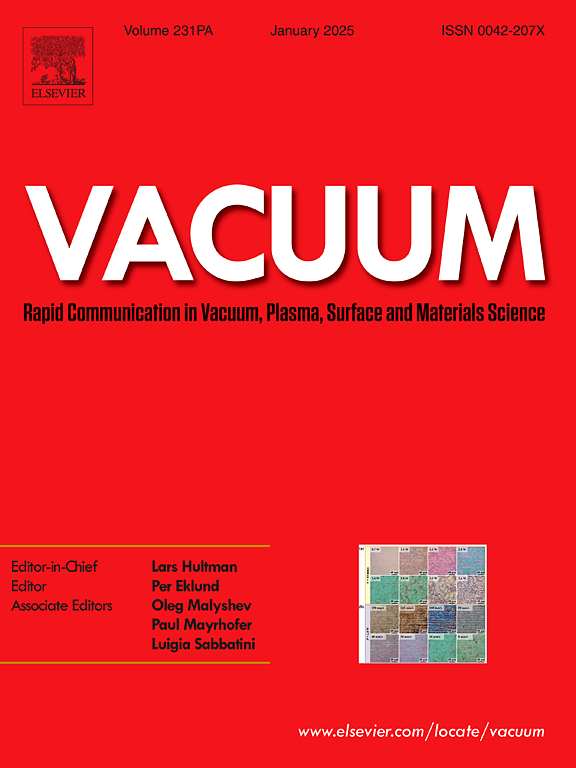Additive manufacturing of TiC-reinforced FeCoCrNiMn high-entropy alloy composites with exceptional strength and ductility
IF 3.9
2区 材料科学
Q2 MATERIALS SCIENCE, MULTIDISCIPLINARY
引用次数: 0
Abstract
This study investigates the effect of incorporating nano-TiC particles on the microstructure and mechanical performance of FeCoCrNiMn high-entropy alloy fabricated via laser powder bed fusion (LPBF). The nano-TiC particles are primarily located at the cellular boundaries, contributing to the refinement of grains and cellular structures. As a result, the high-entropy alloy composites (HEACs) exhibited superior mechanical properties, particularly with the incorporation of 2.5 wt.% nano-TiC. This HEAC achieved a yield strength of 728 MPa and ductility of 23.1%, showcasing a 42.6% increase in yield strength and a 12.7% improvement in ductility compared to the unreinforced HEA. Theoretical models suggest that the enhanced strength resulting from nano-TiC additions primarily stems from grain refinement, dislocation entanglement, and dispersion strengthening. Additionally, the combined effect of dislocation slips and the activation of stacking faults contributes to the excellent ductility observed in the HEACs.
具有优异强度和延展性的tic增强feccrnimn高熵合金复合材料的增材制造
研究了纳米tic颗粒对激光粉末床熔合法制备feccrnimn高熵合金显微组织和力学性能的影响。纳米tic颗粒主要位于细胞边界,有助于细化晶粒和细胞结构。结果表明,高熵合金复合材料(HEACs)表现出优异的力学性能,特别是在掺入2.5 wt.%纳米tic时。该HEAC的屈服强度为728 MPa,延性为23.1%,与未增强HEA相比,屈服强度提高42.6%,延性提高12.7%。理论模型表明,添加纳米tic导致的强度增强主要源于晶粒细化、位错纠缠和弥散强化。此外,位错滑移和层错活化的共同作用有助于在heac中观察到优异的延展性。
本文章由计算机程序翻译,如有差异,请以英文原文为准。
求助全文
约1分钟内获得全文
求助全文
来源期刊

Vacuum
工程技术-材料科学:综合
CiteScore
6.80
自引率
17.50%
发文量
0
审稿时长
34 days
期刊介绍:
Vacuum is an international rapid publications journal with a focus on short communication. All papers are peer-reviewed, with the review process for short communication geared towards very fast turnaround times. The journal also published full research papers, thematic issues and selected papers from leading conferences.
A report in Vacuum should represent a major advance in an area that involves a controlled environment at pressures of one atmosphere or below.
The scope of the journal includes:
1. Vacuum; original developments in vacuum pumping and instrumentation, vacuum measurement, vacuum gas dynamics, gas-surface interactions, surface treatment for UHV applications and low outgassing, vacuum melting, sintering, and vacuum metrology. Technology and solutions for large-scale facilities (e.g., particle accelerators and fusion devices). New instrumentation ( e.g., detectors and electron microscopes).
2. Plasma science; advances in PVD, CVD, plasma-assisted CVD, ion sources, deposition processes and analysis.
3. Surface science; surface engineering, surface chemistry, surface analysis, crystal growth, ion-surface interactions and etching, nanometer-scale processing, surface modification.
4. Materials science; novel functional or structural materials. Metals, ceramics, and polymers. Experiments, simulations, and modelling for understanding structure-property relationships. Thin films and coatings. Nanostructures and ion implantation.
 求助内容:
求助内容: 应助结果提醒方式:
应助结果提醒方式:


